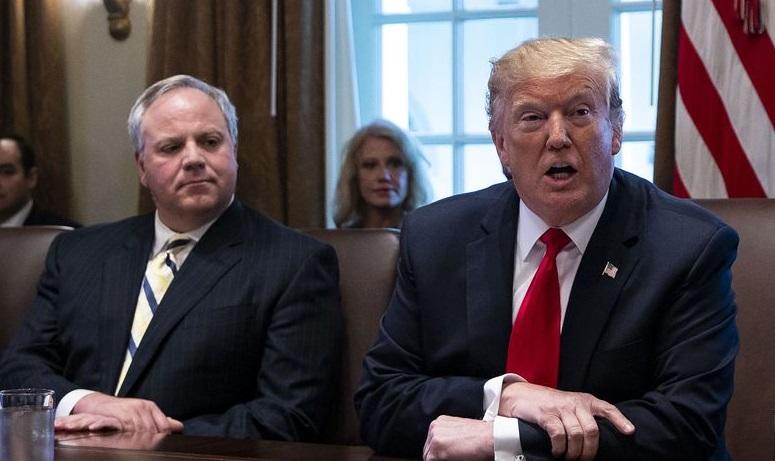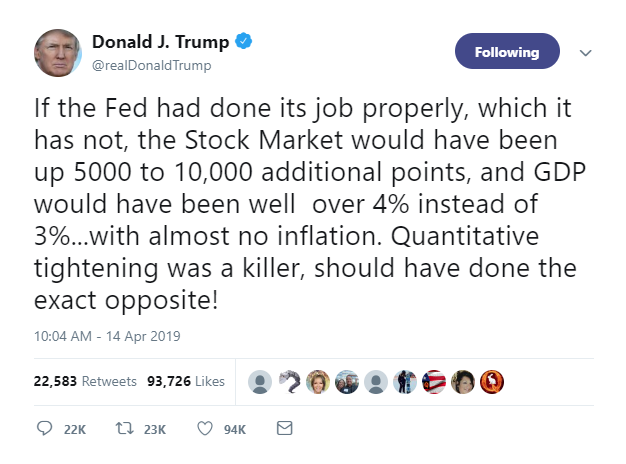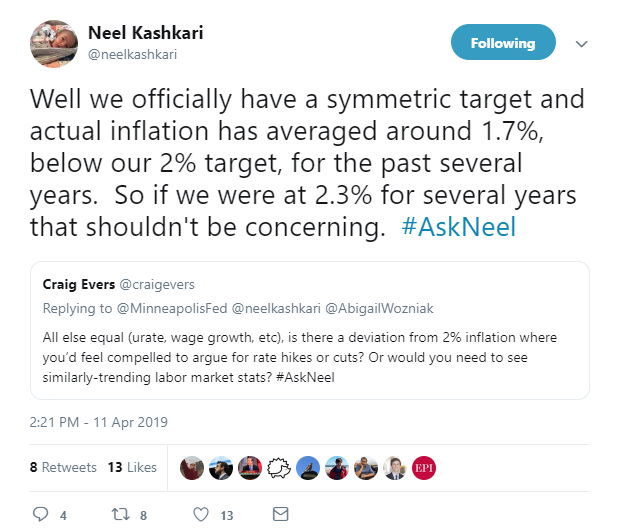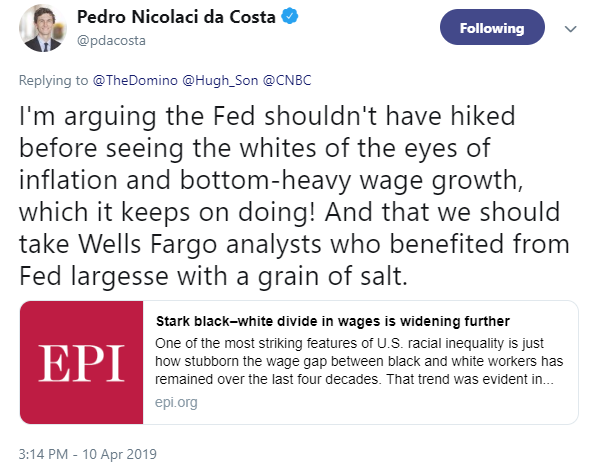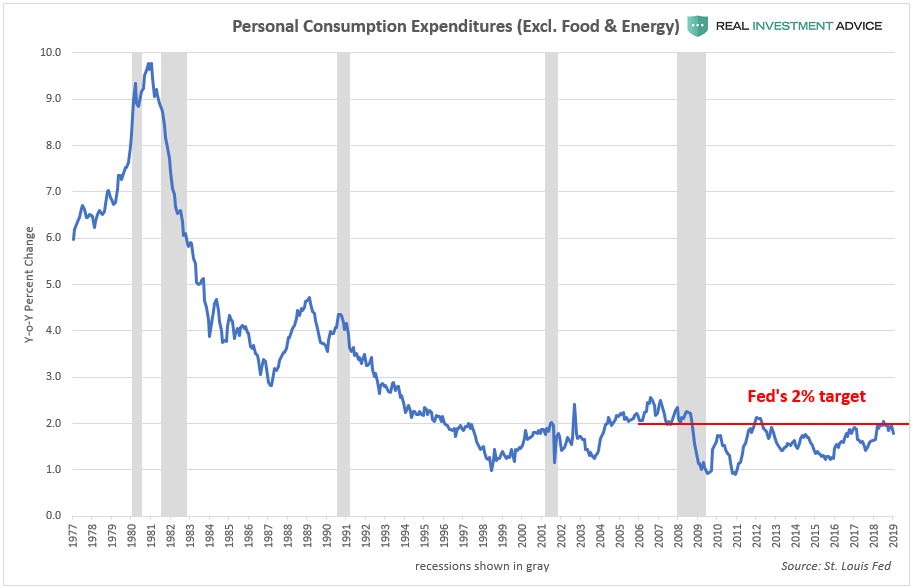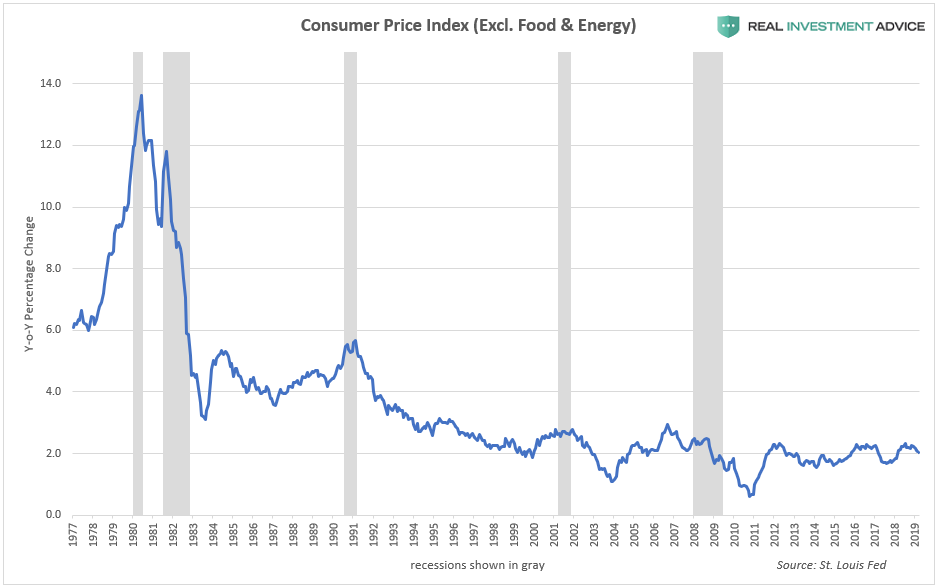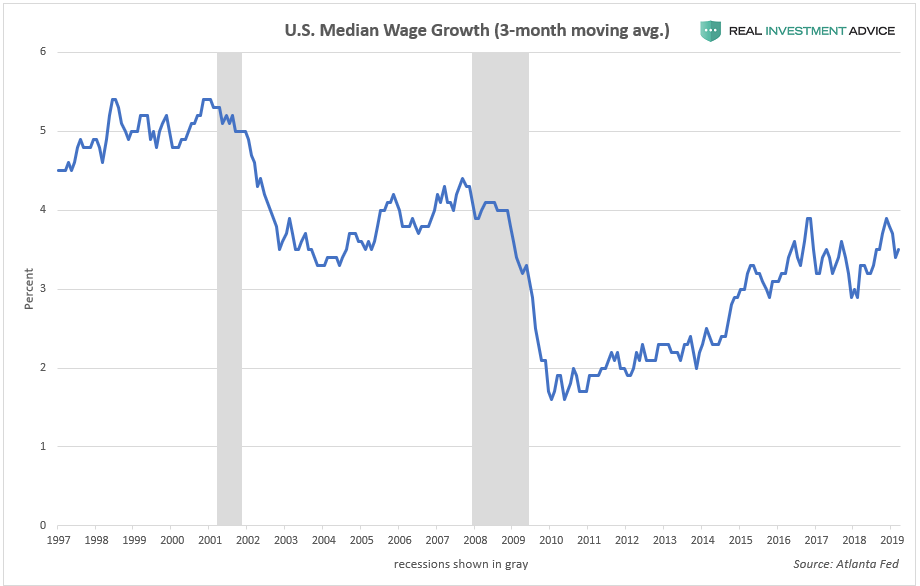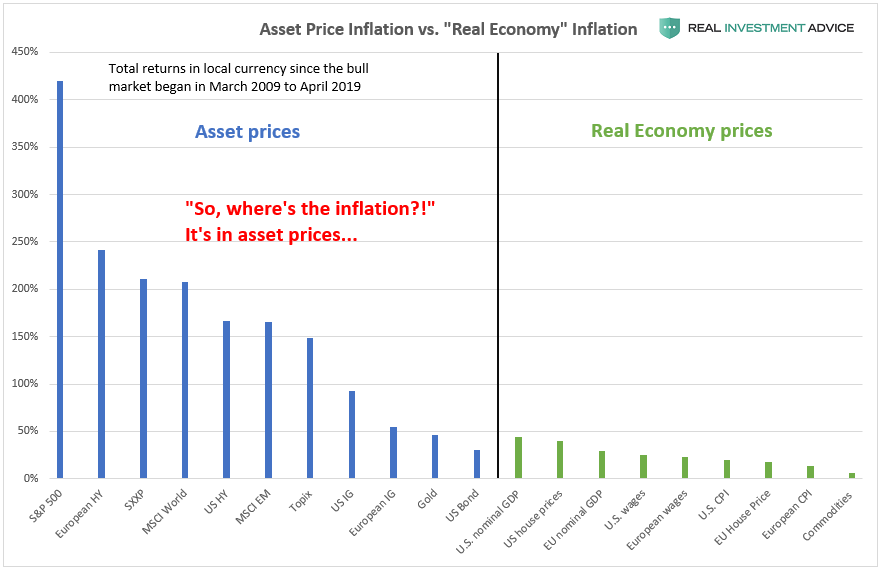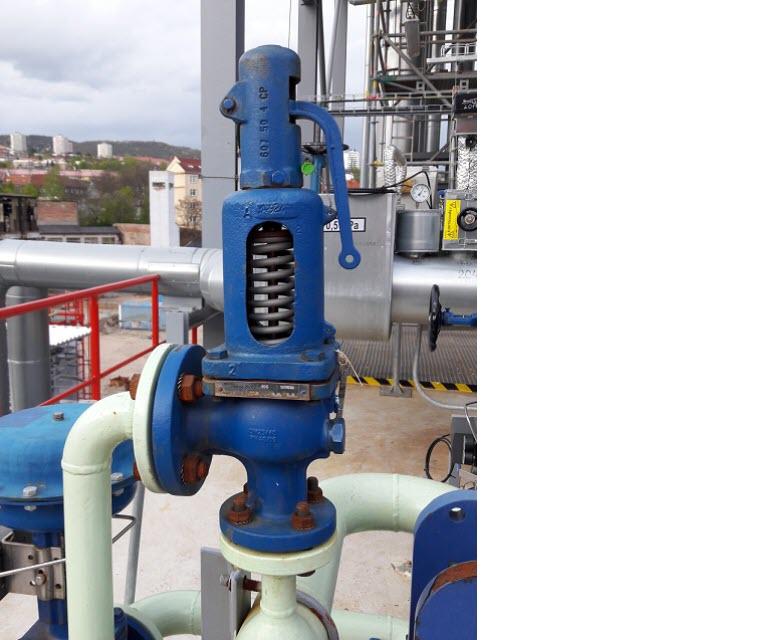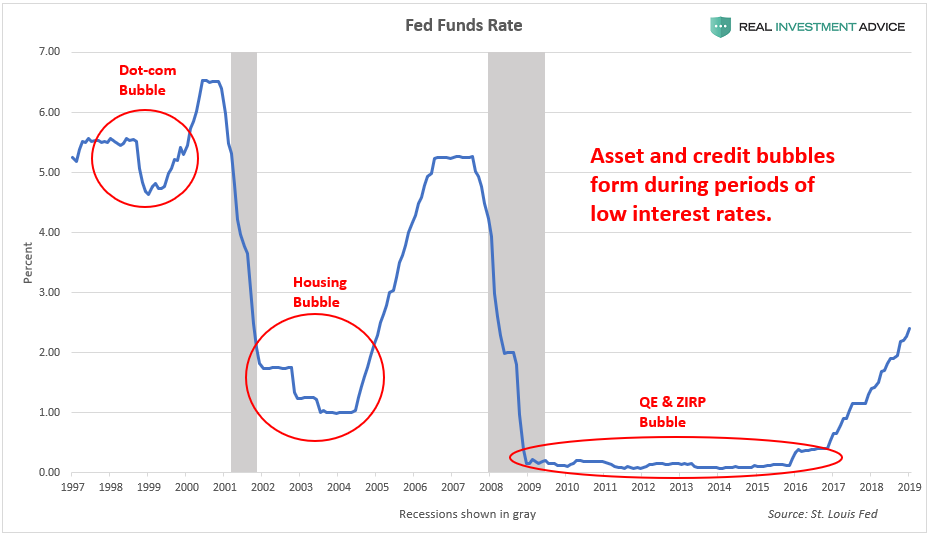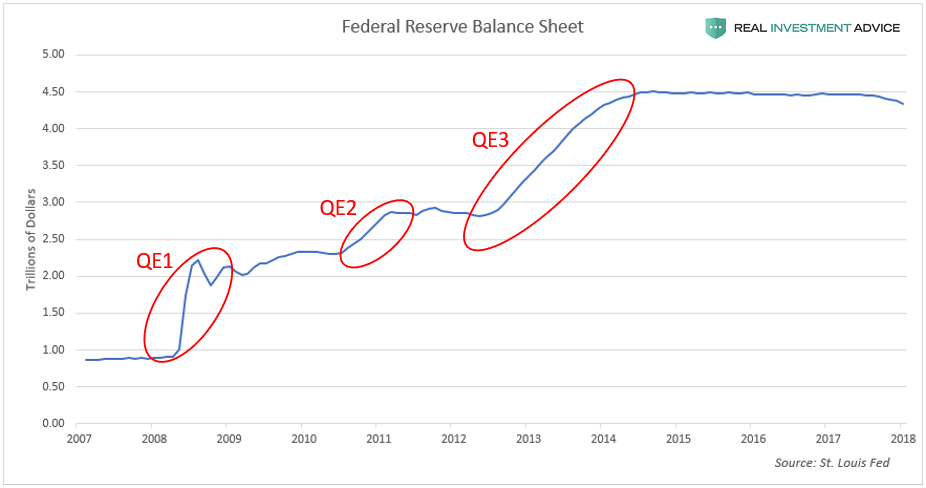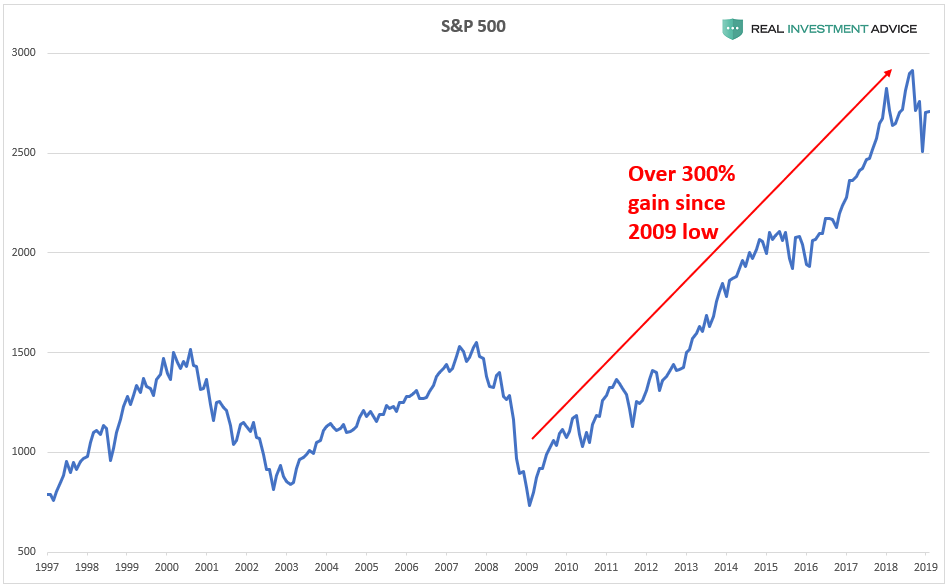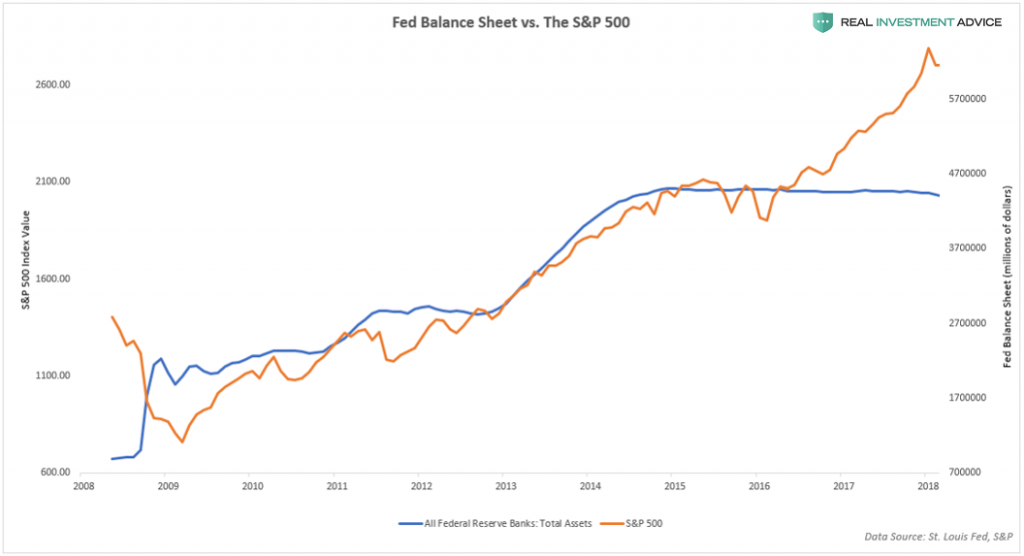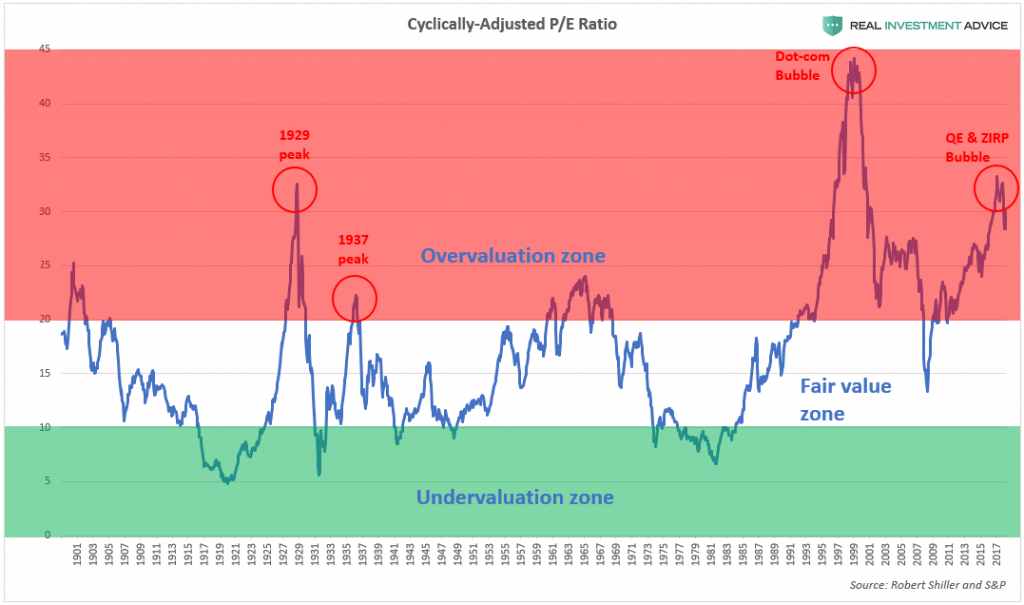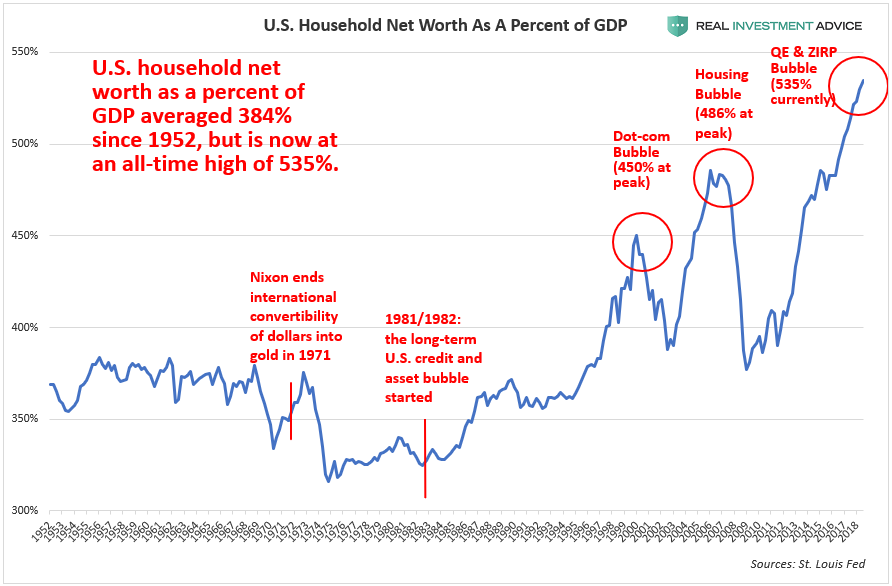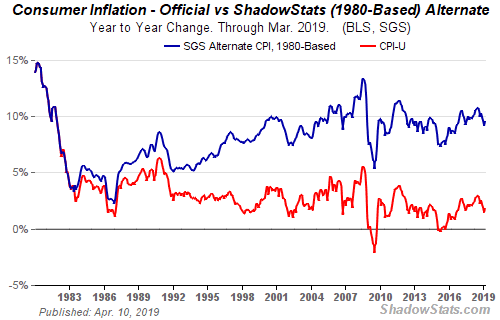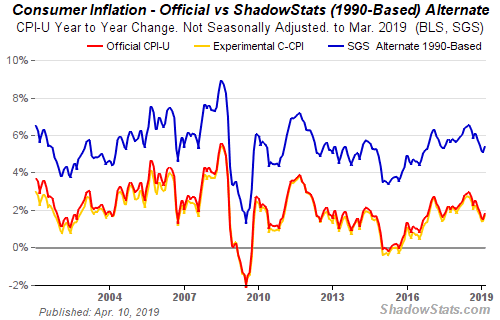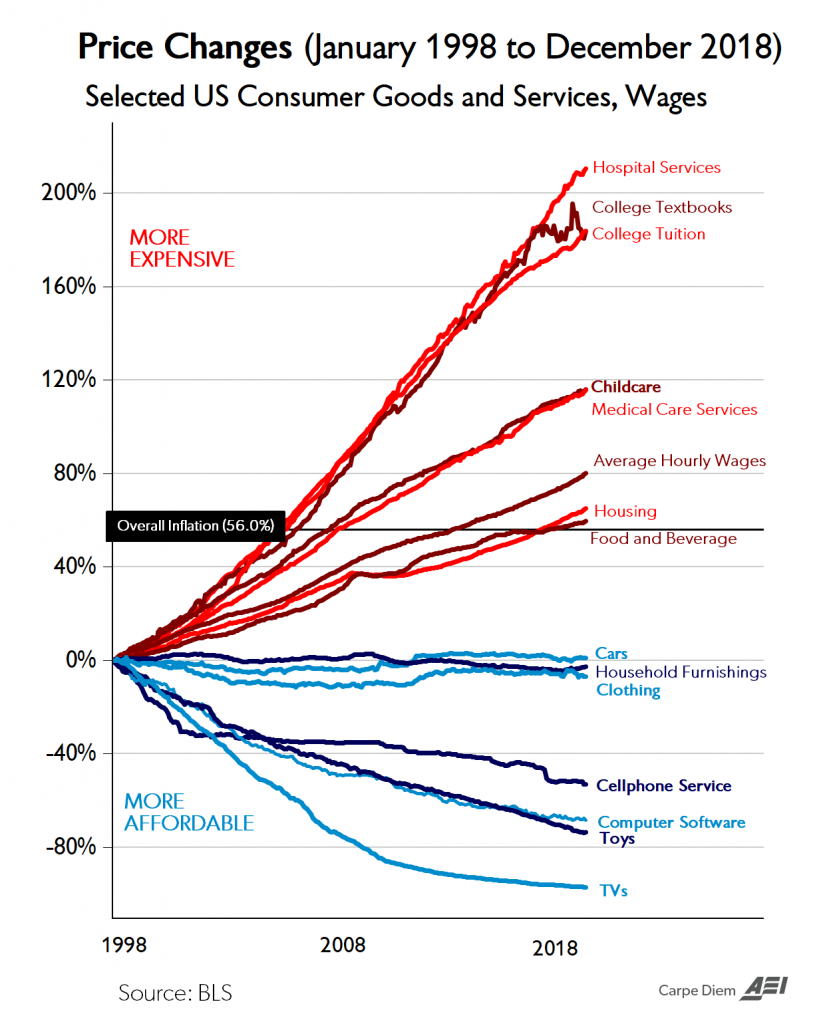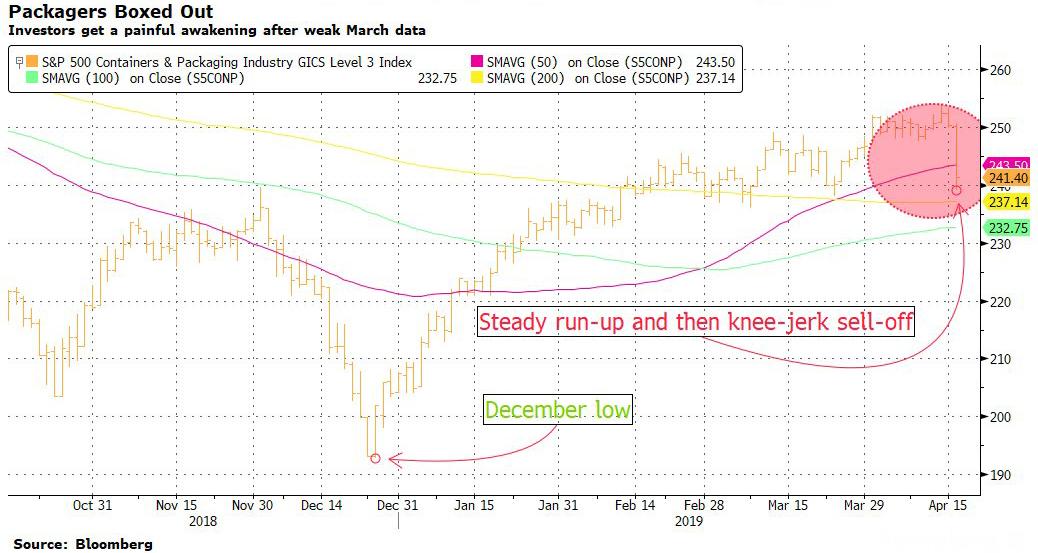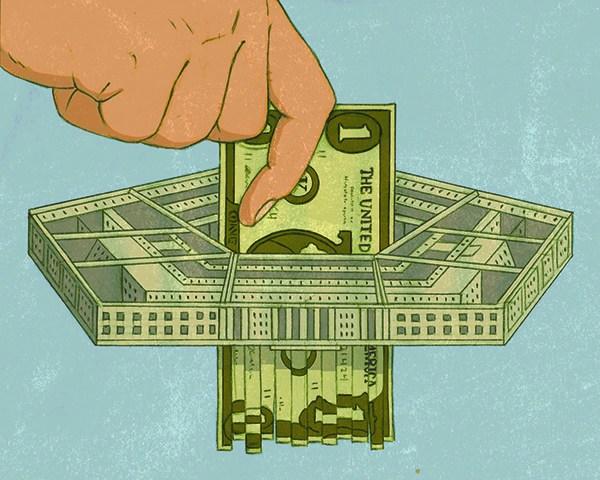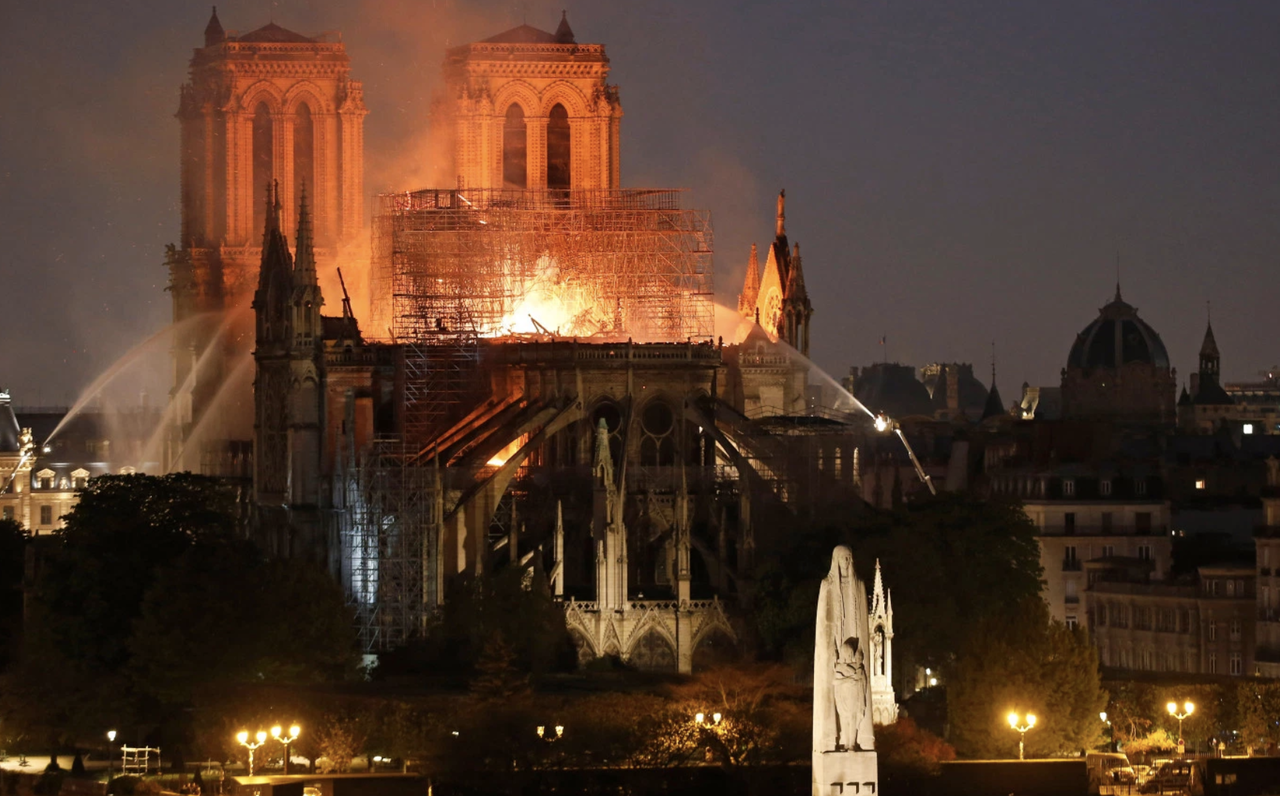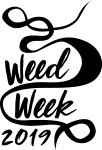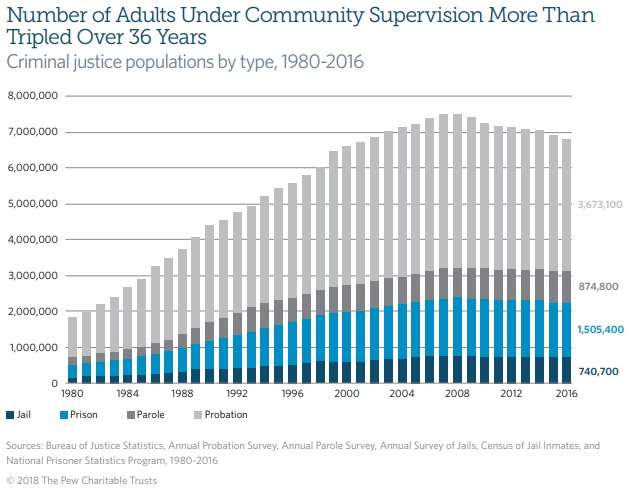[You might also read my earlier post on the subject, Anti-Libel Injunctions and the Criminal Libel Connection, The First Amendment and Criminal Libel Law, The First Amendment and the Catchall Permanent Injunction, and The First Amendment and the Specific Preliminary Injunction; or you can read the whole article in PDF.]
Specific permanent injunctions, unlike specific preliminary injunctions, do follow a civil trial on the merits at which the speech has been found to be libelous. In fact, the trial might even be a jury trial. Perhaps for this reason, [courts in over 30 states] have treated permanent injunctions against libel as generally permissible, at least in certain classes of cases.
But while such specific injunctions are indubitably narrower than criminal libel laws, and even than catchall injunctions, they also fail to provide some of the key procedural protections that even criminal libel laws offer. Consider:
| Catchall permanent injunction |
Specific permanent injunction |
| Deters derogatory speech only about the plaintiff |
Same |
| Deters derogatory speech only after the injunction is entered |
Same |
| Deters all derogatory speech about the plaintiff |
Deters only particular derogatory statements about the plaintiff |
| Speech punished only if found to be false beyond a reasonable doubt |
Speech punished based on finding of falsehood by preponderance of the evidence |
| … at a criminal trial where an indigent defendant would have a court-appointed lawyer |
… at a civil hearing where an indigent defendant would generally not have a lawyer |
| … and where finding is by jury, if judge provides that any criminal contempt trial will be before jury |
… and where no jury would be present |
Because the injunction categorically forbids Don from repeating the cheating allegation (in our hypothetical), the criminal contempt hearing will determine only whether that allegation was repeated. The falsehood of the allegation was conclusively determined at the injunction hearing, where the judge only had to find the allegation to be false, defamatory, and unprivileged by a preponderance of the evidence. Under the “collateral bar” rule (applicable in most states, and in federal courts) the only question at the contempt trial would be whether Don violated the injunction by repeating the statements, not whether the injunction had been properly issued.
Likewise, while Don could get a lawyer at the criminal contempt hearing, that lawyer would be unable to argue to the factfinder that the statement was true, was opinion, was privileged, or was otherwise not libelous. And at the initial civil hearing, when truth, opinion, and privilege were debated, Don had no right to a court-appointed lawyer.
The specific injunction is also more speech-restrictive than the catchall injunction, because it makes repeating a statement a crime regardless of changed circumstances and context. Yet “[u]ntrue statements may later become true; unprivileged statements may later become privileged.” Even if after Don’s first false statement that Paula had cheated him, Paula did end up cheating him, he’d still be barred from repeating the statement despite its now being true. [Footnote: This is especially likely if the original injunction bans not just a specific, detailed accusation, but, for instance, any claim that plaintiff is “either directly or indirectly, engaged, affiliated or connected with, illegal activity,” e.g., Irving v. Palmer, No. 18-cv-11617, at 3 (E.D. Mich. May 29, 2018).]
Relatedly, a statement may be libelous in one context, but hyperbole in another. Yet an injunction simply barring repetition of a statement will prohibit the statement regardless of context. The catchall injunction, which requires a jury finding of libelousness at the criminal contempt hearing, based on whether the statement was libelous at the time it was repeated (rather than at the time it was initially said), doesn’t suffer from this problem.
And each of these defects, I think, is of constitutional significance.
- Proof Beyond a Reasonable Doubt
Before people go to jail for their speech, there should be proof beyond a reasonable doubt that their speech is indeed constitutionally unprotected. This is especially true because jail time not only deters speech, but incapacitates speakers, given that their speech rights are sharply limited when they’re in jail. Criminal libel law provides this protection when threatening jail for allegedly false and defamatory statements; a civil injunction, which has the same effect, should embody the same protection.
The Supreme Court has rejected this argument in obscenity cases (California ex rel. Cooper v. Mitchell Bros.’ Santa Ana Theater), though Justices Brennan, Marshall, and Stewart had urged it in McKinney v. Alabama. But proof beyond a reasonable doubt is more important in libel injunctions cases than it is in obscenity cases.
In obscenity cases, factfinder error generally risks restricting only nonobscene pornography, which the Court has, rightly or wrongly, found to be of lesser constitutional value. (To the extent that the controversy in a case is whether the work has serious literary, artistic, scientific, or political value, that standard is in essence a legal judgment, for which the quantum of proof is less significant than for factual judgments.) In libel cases, factfinder error risks restricting accurate statements of fact, including in many cases statements on matters of public concern. And, as noted in the next section, there is a long tradition of reading constitutional free expression guarantees as leaving the finding of truth and falsehood cases to the jury; and until libel injunctions came to be broadly accepted in the last few decades, such findings would generally yield criminal punishment for libel only in criminal cases, where proof beyond a reasonable doubt is required.
Finally, even if courts do rely on the obscenity precedents, those precedents should cut in favor of requiring at least a showing of clear and convincing evidence: This is what the California Court of Appeal held on remand in Mitchell Brothers, because such a standard was needed “to protect particularly important interests” in free speech. The speaker’s interest in libel cases is at least as important as in obscenity cases.
- Jury Factfinding
In criminal libel cases, the finding that the statements are false must generally be made by a jury. That’s a Sixth Amendment requirement in those states where the criminal libel statute authorizes more than six months in jail. It’s a state constitutional requirement under the state constitutions that provide jury trials for all criminal libel cases. And it’s a state law requirement in all the other states (except Louisiana) that authorize jury trials for all misdemeanors.
This should be seen as a First Amendment requirement, and American free speech traditions support this view. Leaving the question of truth entirely to a judge is much like the pattern in pre-Revolutionary libel prosecutions, such as in the notorious John Peter Zenger trial. There too the judge decided whether a statement was libelous, and then the criminal jury decided only whether the defendant had published the statement. American law roundly rejected this approach for criminal libel, even when criminal libel prosecutions were common, and instead insisted that the criminal jury must determine whether the statement was indeed false. The law should likewise take the same approach to anti-libel injunctions, given that they are enforced through criminal prosecution.
Some may be skeptical about whether juries are indeed great protectors of free speech. But American libel law has long treated jury decisionmaking as important; this historical judgment should not be lightly set aside. And jury decisionmaking coupled with judicial gatekeeping may provide better protection than either jury decisionmaking or judicial decisionmaking alone—among other things, dispensing with a jury verdict would leave the defendant’s right to speak at the mercy of a single governmental decisionmaker.
Indeed, twenty-nine state constitutions expressly provide that in prosecutions for libel, the jury shall determine the facts (and, in many states, the law). The same principle should apply to prosecutions for violating anti-libel injunctions, even if they are labeled criminal contempt prosecutions. And, for the reasons given above, this principle should be understood as a facet of federal First Amendment law as well.
Note that, if a specific injunction is entered following a civil jury trial, the jury requirement would likely be satisfied. But the other three elements would still be lacking: proof of falsehood beyond a reasonable doubt before speakers are jailed for their speech, the assistance of counsel, and the requirement that speech be found to be false at the time and in the context in which it is repeated.
- Assistance of Counsel
In criminal libel cases, defendants who can’t afford lawyers will get court-appointed lawyers who can argue that their statements are true, are opinions, are privileged, or are otherwise not libelous. This too is an important protection for speech.
Speakers who lack a lawyer will often be unable to effectively defend themselves. They aren’t expert at proving facts. They don’t know how to get discovery. They don’t know the details of various libel law privileges. They don’t know the precedents that help distinguish, say, facts from opinions.
If they lose at trial, they would find it very hard to effectively appeal. Indeed, they might feel so hamstrung by the lack of a lawyer that they might not contest the injunctions in the first place. The injunctions may also be entered far from where they live, making it even harder for them to effectively litigate the case. And when a defendant is absent, unrepresented, or practically unable to appeal, the factfinding at the initial civil injunction hearing is especially likely to be inaccurate.
This might be an unavoidable reality in the everyday operation of the civil justice system. Defendants who lack the resources to defend themselves may find themselves subject to civil judgments—though this is constrained, at least when it comes to lawsuits for damages, by the reluctance of most plaintiffs to spend money suing judgment-proof defendants.
But when courts issue injunctions against libel, they turn that reality into something with criminal law consequences: Defendants might be threatened with jail for repeating certain statements without ever having had lawyers who could effectively argue that the statements were not actually libelous. That should not happen.
- Lack of Provision for Changing Circumstances and Changing Context
Specific permanent injunctions ostensibly bar only statements that have been found libelous. But, as discussed in Part IV.A, a statement that was libelous when first said, and was found libelous at the injunction hearing, might not be libelous if repeated when the facts and the context have changed.
True, a defendant could go to court to modify the injunction, but that is expensive and time-consuming. Or a defendant could ask the court to exercise its discretion not to initiate criminal contempt proceedings in light of the changed facts, but the judge may of course not agree that the facts have changed, or may think that in any event the defendant should have complied with the injunction. And, more generally, speakers should not have to “request the trial court’s permission to speak truthfully in order to avoid being held in contempt.”
* * *
Judge David Barron’s recent First Circuit dissent argues, in response to an earlier version of the argument in this paper, that “criminalizing the violation of an injunction that has been issued as a properly predicated prophylactic protection against the future expression of unprotected speech found likely to recur” ought not be equated with “criminalizing defamation as primary conduct (as in the case of criminal libel).” Yet the two are very similar: Both involve threat of criminal punishment for speech that the legal system finds to be false and defamatory. If we think that certain procedural safeguards—proof beyond a reasonable doubt, jury decisionmaking, a defense lawyer—are important to determining whether a statement is false in criminal libel cases, we should think the same in injunction cases, when the injunction is enforceable through the threat of criminal punishment.
“An injunction, like a criminal statute, prohibits conduct under fear of punishment. Therefore, we look at the injunction as we look at a statute, and if upon its face it abridges rights guaranteed by the First Amendment, it should be struck down.” An injunction banning specific instances of alleged defamation thus is indeed tantamount to a statute “criminalizing defamation as primary conduct.”
To be sure, as that dissent notes, “there were no criminal safeguards provided for in the injunctions [upheld in whole or in part] in Madsen and Schenck,” the Court’s abortion clinic protest cases. But those cases upheld narrow content-neutral restrictions on the time, place, and manner of speech. The injunctions there didn’t purport to criminalize the making of particular statements, nor did they rest on judicial determination of whether certain statements were false. Here, as elsewhere in First Amendment law, content-based restrictions on speech that the government believes to be wrong and valueless should be subject to more constraint than content-neutral restrictions on loud speech or speech that blocks building entrances.

from Latest – Reason.com http://bit.ly/2Go5osa
via IFTTT
